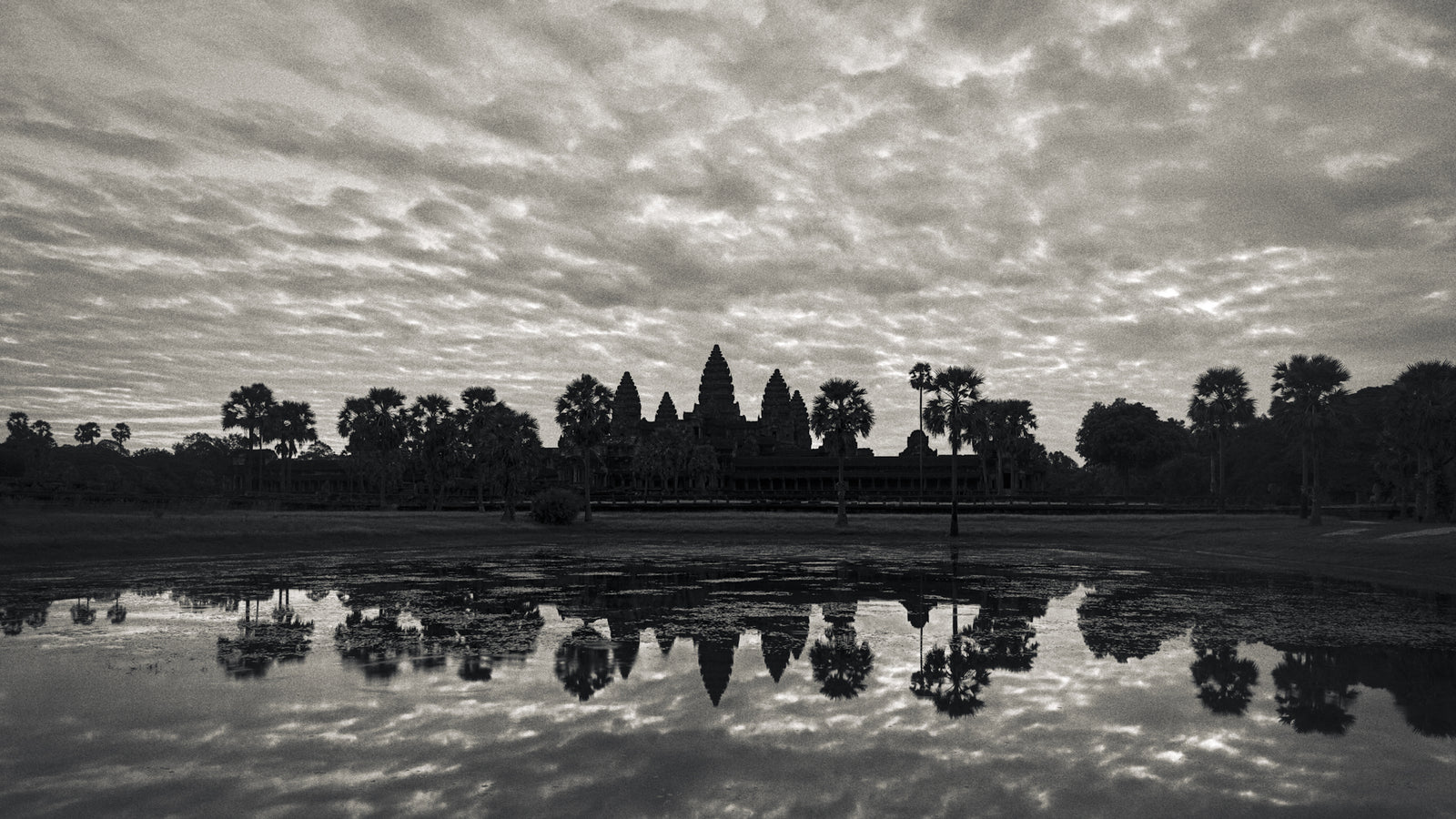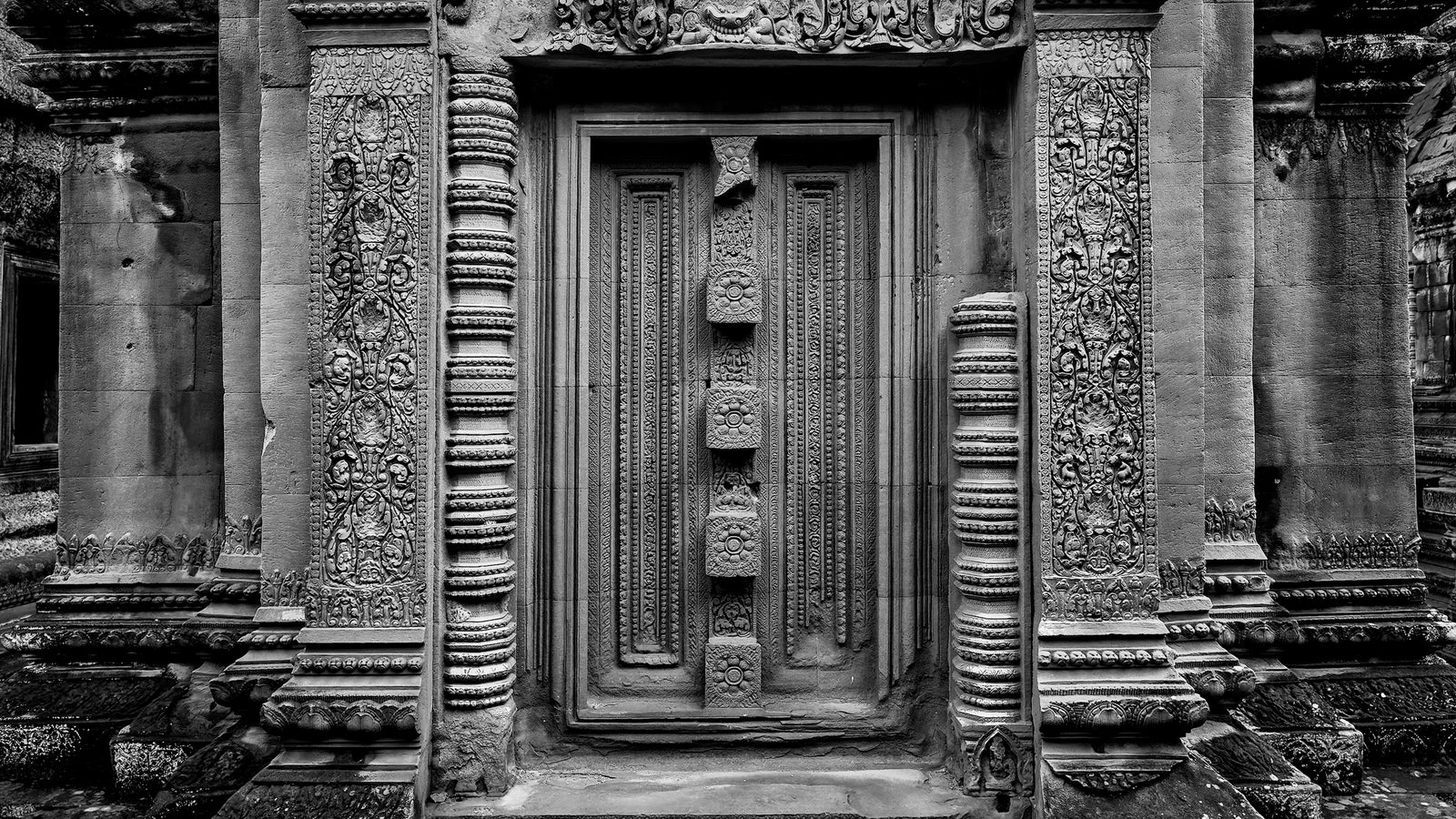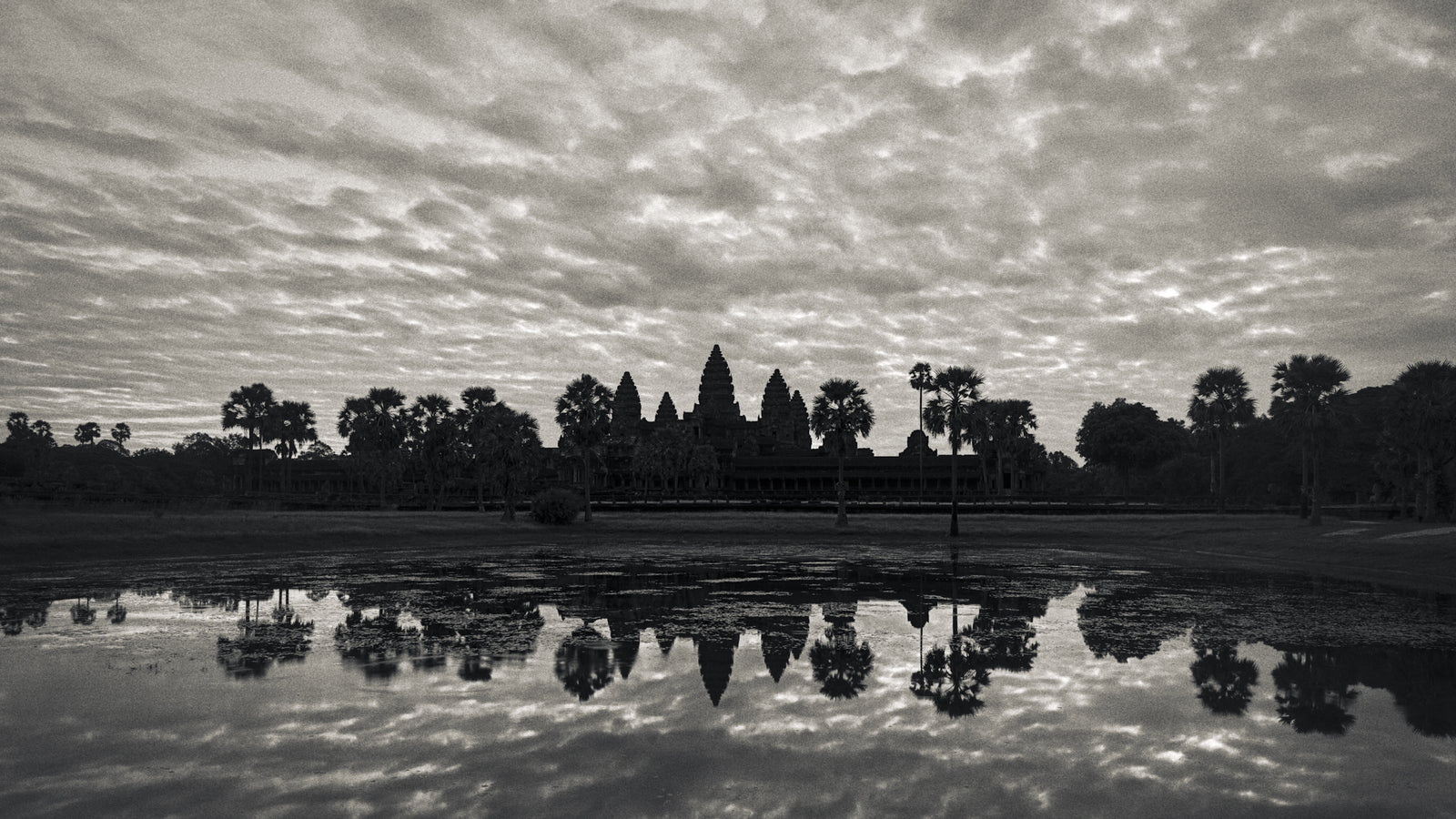Complimentary worldwide shipping on orders over $400 · No import tariffs for most countries
Complimentary worldwide shipping on orders over $400 · No import tariffs for most countries
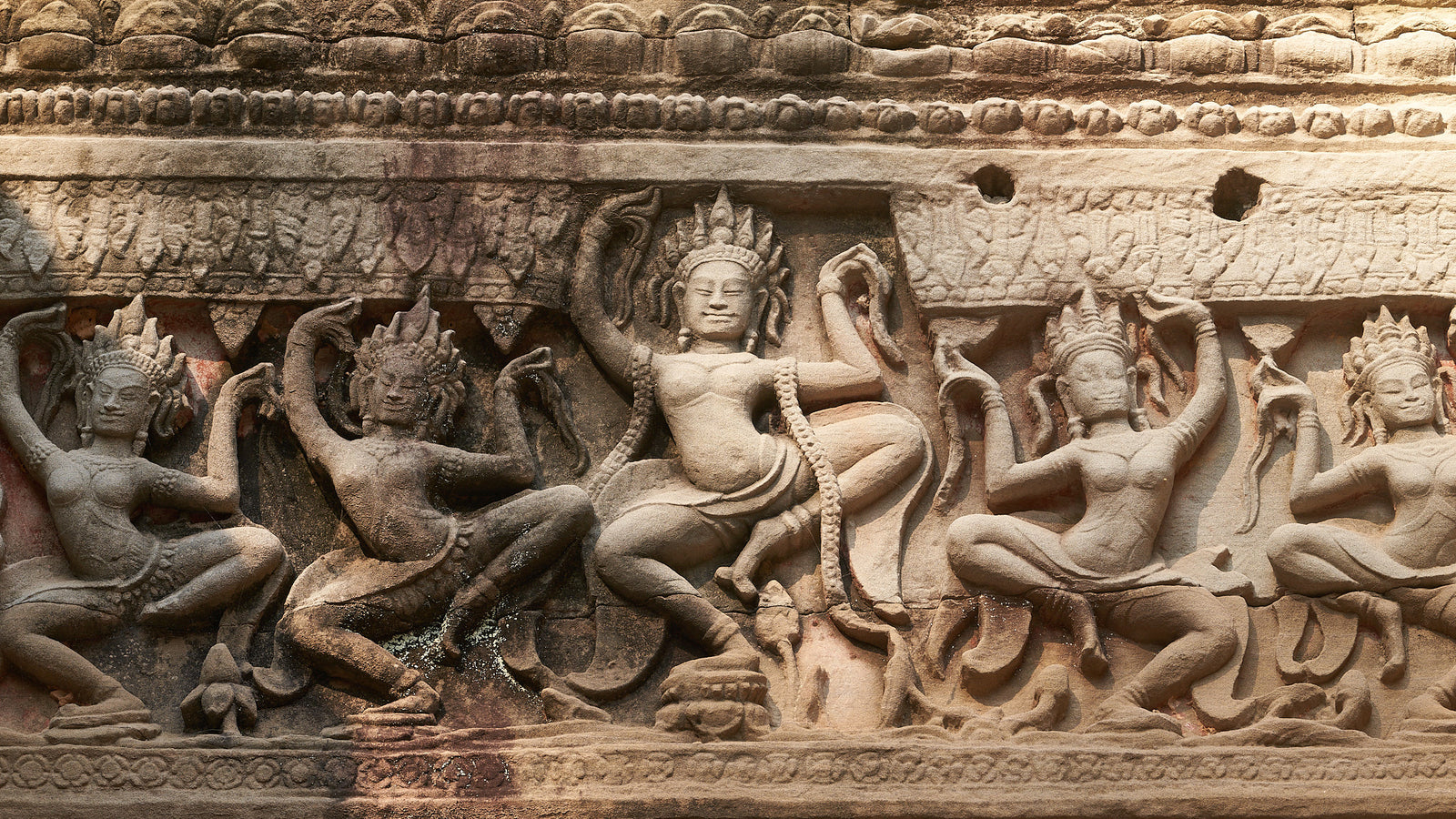
Preah Khan Temple
2 min read
| Date: | 1191 CE (dedication of the main divinity) |
| Style: | Bayon |
| King: | Jayavarman VII (reign 1181 – 1220 CE) |
| Cult: | Mahayana Buddhist (Lokeshvara) |
Preah Khan Temple (Khmer: ប្រាសាទព្រះខ័ន, meaning 'sacred sword') was built in honour of Jayavarman VII's father Dharanindravarman II (Ta Prohm Temple was erected for his mother), who was depicted as the bodhisattva Lokeshvara in the central sanctuary. The temple was modified under Jayavarman VIII.
The Ta Prohm Temple and Preah Khan steles glorify the military exploits of Jayavarman VII, whose powers "equalled or even surpassed those of the gods". They tell us that, upon defeating the Chams:
‘... in that place, which received the blood of the enemy in a battle where he emerged the victor, he founded a city named Jayacri... which still shines today as if it was covered with blood...'.
Jayacri corresponds to the site of Preah Khan, consecrated by Jayavarman VII ten years after the battle that led to his accession to the throne.
The Preah Khan stele also details what it took to maintain this temple-city. The inventory mentions that for Preah Khan's upkeep, the services of 97,840 men and women, 444 chefs, 4606 footmen and 2298 servants were required. Preah Khan's inscriptions also refer to the existence of 515 other statues, 102 royal hospitals of the kingdom, 18 major annual festivals and 10 days' public holiday a month.
Although principally a Mahayana Buddhist monument, it has complex iconography that blends Buddhism (both Theravada and Mahayana) and Hinduism (both Shaivite and Vaishnava).
Preah Khan was a temple-city complex, serving as both a monastery and a university. It is similar in many respects to Ta Prohm Temple, but it is even larger and offers better relief decoration and lower crowds, while maintaining a magical "lost temple in the jungle" feel.
As with Banteay Kdei and Ta Prohm Temple (also built under Jayavarman VII), Preah Khan is a large-scale temple with a simple single-level arrangement that allows visitors to proceed in a generally linear fashion from eastern entrance to western exit.
Rows of Devas (gods) and Asuras (demons) holding a naga are found at Preah Khan's four gates, similar to Angkor Thom, and it has the best Hall of Dancers in Angkor, decorated with elegant deep-relief lintels of dancing apsaras. The fourth enclosure wall is decorated with giant Garudas fighting nagas.
Preah Khan has some wonderful carved pediments. The one depicting Vishnu reclining on the snake Ananta (represented here as a dragon with legs) is one of the finest in Angkor.
There is a lovely building in the north-east of the third enclosure with its second level standing on tall circular columns, the only structure of its kind found in Angkor.
Some of my favourite devatas can be found in Preah Khan, several of them hiding in dark narrow galleries. There are plenty of excellent dvarapalas here too.
There is a Sri-Lanka-style stupa under the central sanctuary tower, and watch out for the defaced Buddha niches, especially topping the walls of the fourth enclosure, the result of the iconoclasm during the reign of Jayavarman VIII. For my thoughts on this see The Hindu Reaction.
Please also see:
- My Work at Preah Khan Temple
- The in-depth articles about Preah Khan Temple in My Journal
- Images of Preah Khan Temple, Angkor, Cambodia ⧉
Map of Preah Khan Temple
Also in Angkorpedia
Join My Studio Journal
Receive occasional letters from my studio in Siem Reap—offering a glimpse into my creative process, early access to new fine art prints, field notes from the temples of Angkor, exhibition announcements, and reflections on beauty, impermanence, and the spirit of place.
No noise. No clutter. Just quiet inspiration, delivered gently.
Subscribe and stay connected to the unfolding story.
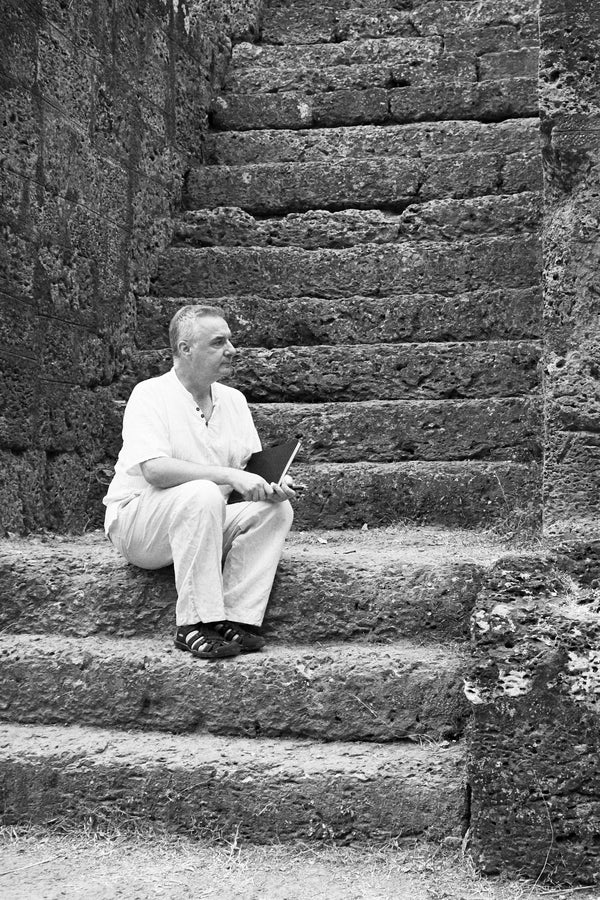
Join My Studio Journal
Receive occasional letters from my studio in Siem Reap—offering a glimpse into my creative process, early access to new fine art prints, field notes from the temples of Angkor, exhibition announcements, and reflections on beauty, impermanence, and the spirit of place.
No noise. No clutter. Just quiet inspiration, delivered gently.
Subscribe and stay connected to the unfolding story.

